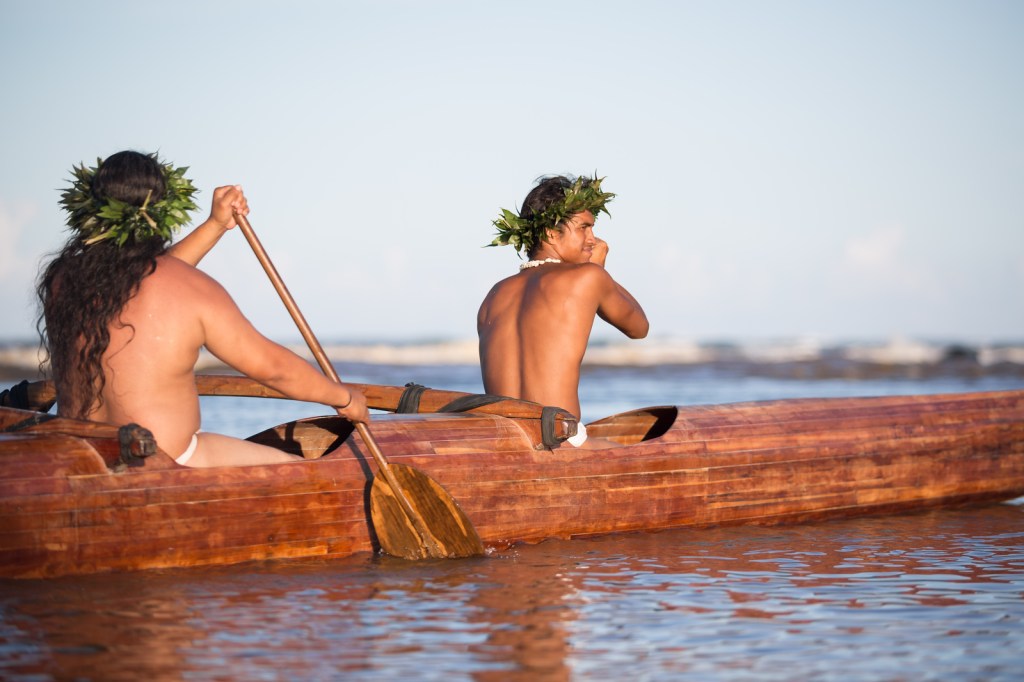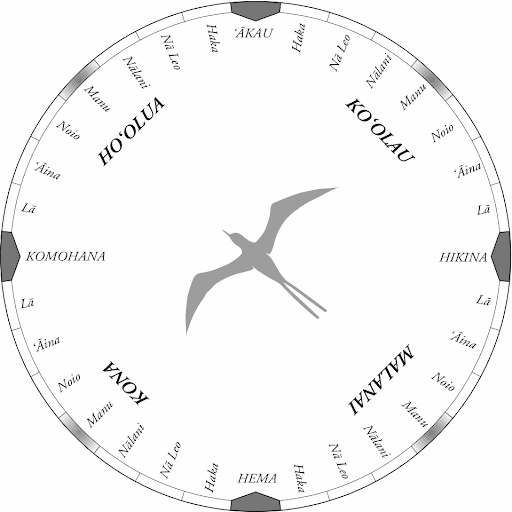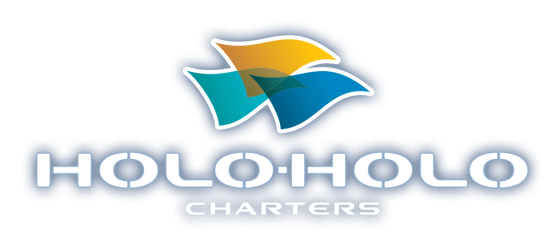Following the Stars
The Discovery of Kauaʻi and the Culture of Wayfinding
As sea explorers ourselves, we love to share the connection between our beloved Kauaʻi and the night sky, as founded by Polynesian voyagers thousands of years ago. Before James Cook deemed Hawaiʻi the “Sandwich Islands” after laying claim to discovery in 1778, the islands were inhabited by native wayfinders traveling the Pacific by way of the stars. As the oldest in the Hawaiian Islands, Kauaʻi is rich with history and a thriving ecosystem carefully preserved over years of change in both environment and inhabitants. To truly understand where we have ended up, it’s important to look back to the guides that have stood the test of time – the land, the sea, and the sky.

Although the hit Disney movie Moana has given us a small glimpse into wayfinding, it is hard to imagine a life at sea without the navigation tools and back-up systems we have today. The belief that all living things are connected helped Polynesian voyagers cultivate a relationship with their natural surroundings that likely carried them to settle in Hawaiʻi. Packed only with essentials and a series of plant species with both nutritional and medicinal purposes, Polynesian voyagers took to the sea armed with wa’a kaulua (double-hulled voyaging canoes) in search of new lands to cultivate.
To navigate the journey, voyagers had to familiarize themselves with where the stars rose and set to orient their vessel properly. The connection between the wind, wildlife and the ocean are said to have guided navigators towards land, and to their next home. This unique dialogue between the elements and the wayfinder is a sacred relationship and a significant one to develop. Each navigator must connect to the current, wave patterns, sea birds, and rhythm of sea travel to determine which direction to go. The first voyagers started by dividing the sky into sections to pinpoint star risings in proximity to the horizon.

The four directions created a compass for voyagers to follow:
- Hikina (East) – Where the sun and stars rise
- Komohana (West) – Where the sun and stars set
- ‘Akau (North) – The direction to the right when facing west
- Hema (South) – The direction to the left when facing west
Next, there were four quadrants to identify direction:
- Ko’olau – Windward
- Malanai – South
- Kona – Leeward
- Hoolua – North
As seen on the star navigation compass recreation, navigators were able to pinpoint a combination of directions as they sailed. Several directional points were named for the elements that surrounded the journey including ʻĀina (land) and Manu (bird.) As the stars rose and set throughout the night, navigators learned how to direct their canoe with the help of their guides, and passed down this knowledge orally as per Hawaiian tradition.
THE KEYS TO WAYFINDING
Star compass aside, how did these early navigators manage to track their voyages each day?
SUN & MOON – The sun’s rise each day helps navigators take in the conditions with respect to direction (rising in the east and setting in the west.) The shape and position of the moon also contributes to the mental map of a navigator as the line separating light and dark sides of the moon’s surface serve as an approximation on direction.
WIND & SWELLS – The wind dictates the swells, which are important to clock as the sun gets too high to utilize for direction, or in case of cloudy weather during the day. The current plays an important role in the direction of the voyage, and holding the course by identifying wave direction is essential.
PLANETS & STARS – The planets and stars serve as moving pieces in the night sky as their positioning to each other and in the sky play a role in helping navigators direct. Depending on the time of year, the stars and planets will appear in different quadrants in the sky, so noting their rising and setting points is a must to maintain the course.
HOME AT LAST
After the arrival of the first Polynesian voyagers to the Big Island, more waves of migrants made the 2000-mile voyage to the Hawaiian Islands, eventually settling on Kauaʻi. Hailing from Tahiti, the Marquesas Islands, and other scatterings across the Pacific, the melting pot of newcomers redefined the landscape of Hawaiʻi with new species of plants, animals, and cultures.
Fishing and seafaring were important for survival, and the first native settlers to Kauaʻi combined these and farming skills to grow and harvest from the land, fertile with volcanic soil. With taro and sugar cane being major crops, other “canoe plants” have been identified as a result of the migration to Hawaiʻi, and have dramatically affected the landscape of native dishes. Through these crops brought over by canoe, the first Kauaians were able to sustain themselves as far as shelter, nutrition, and even medicinal purposes.
With new inhabitants and plant life also came the introduction of new animal species to the islands including dogs, pigs, and yes…chickens!
WAYFINDING TODAY
The art of wayfinding is still being taught and passed down from generation to generation. Kala Tanaka is a voyager and an educator at Hui o Wa‘a Kaulua, Maui’s Voyaging Society. Her father, master navigator Kalepa Baybayan was one of the original crew members of the legendary Hōkūleʻa voyaging canoe, traveling from Hawaiʻi to Tahiti without modern instruments in 1976.
“I feel my ancestors calling me in the clouds, in the rain, in the rainbows, in the birds. When we’re getting close to home.” – Kala Tanaka

Hui o Wa‘a Kaulua’s mission cites a commitment to “developing and conducting model educational programs using voyaging to excite and challenge students and their communities to learn about, respect, and care for the natural and social environment. It is our vision to have a healthy, productive, safe Hawaiʻi and planet Earth.”
With a mix of celestial navigation and astronomy, wayfinding has embedded itself deeply in our local culture. We hope you will appreciate all of the moving and living parts of the natural surroundings on Kauaʻi, and when in doubt…look to the stars.
